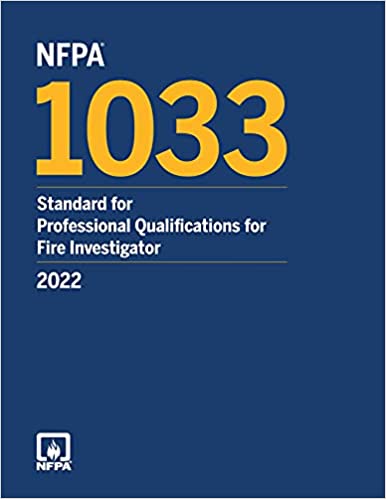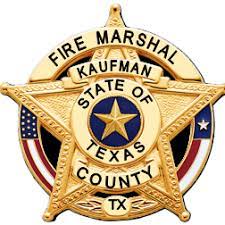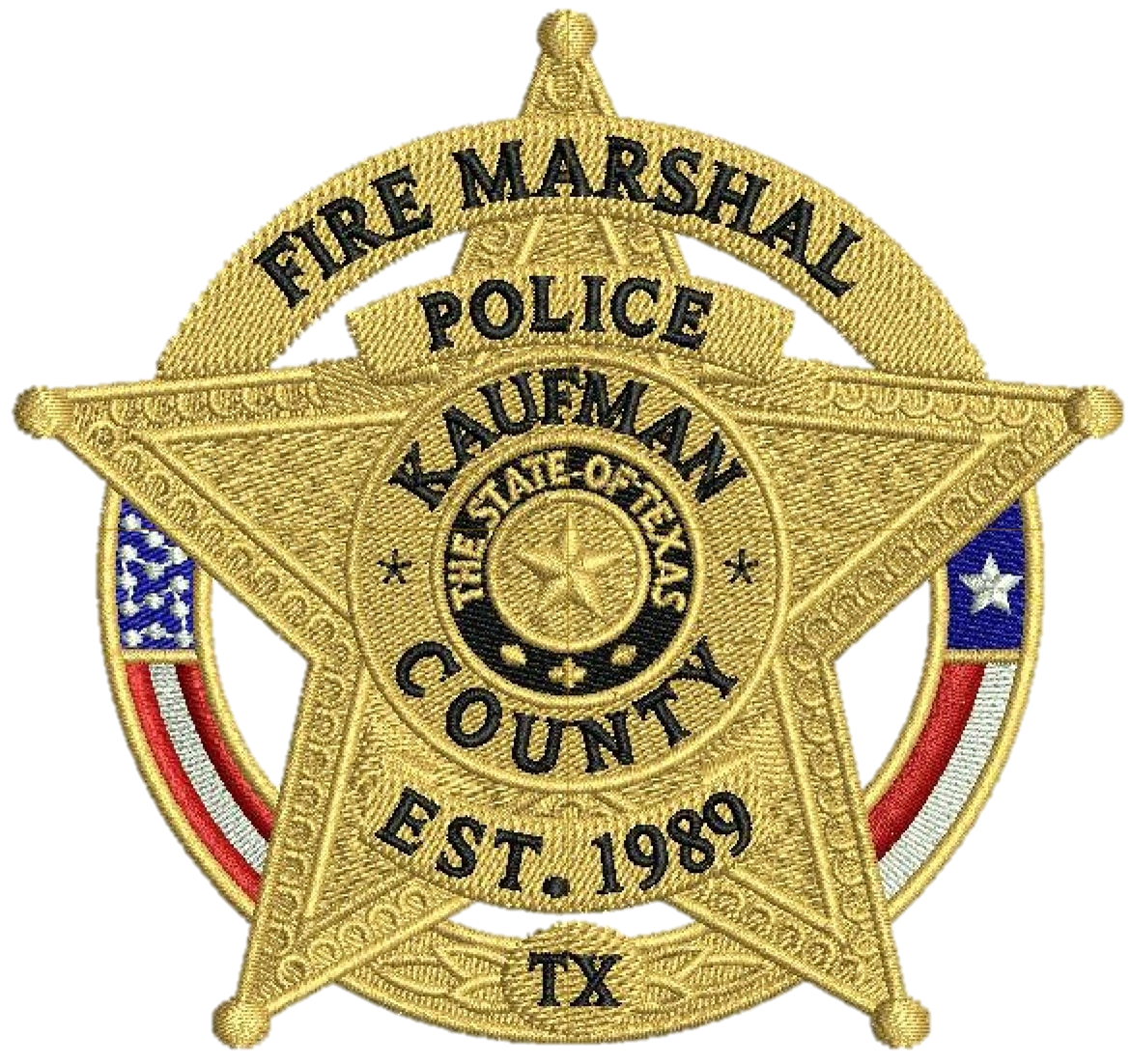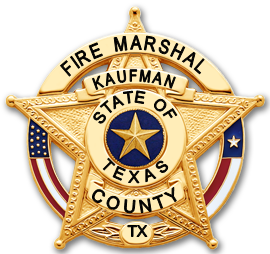Title Page
-
Assigned to
-
Agency name
-
Date Initiated
Pre-Requisites
-
18 years old or older?
-
High school diploma or equivalent?
-
Background and character investigation complete?
Requisite Knowledge
-
Provide evidence of training or education in each category. Must have been completed within the past three years.
Fire Science
-
Fire Chemistry
-
Thermodynamics
-
Fire Dynamics
-
Explosion Dynamics
Fire Investigation
-
Fire Analysis
-
Fire Investigation Methodology
-
Fire Investigation Technology
-
Evidence Documentation, Preservation, and Collection
-
Failure Analysis and Analytical Tools
Fire Scene Safety
-
Hazard Recognition, Evaluation, and Basic Mitigation Procedures
-
Hazardous Materials
-
Safety Regulations
Building Systems
-
Types of Construction
-
Fire Protection Systems
-
Electricity and Electrical Systems
-
Fuel Gas Systems
Job Performance Requirements
-
For each time a JPR is performed on a scene, add a note with the incident number and the Field Training Officer’s name who supervised the task.
Scene Examination
4.2.1 - Secure the Scene
-
The scene is clearly marked to notify unauthorized persons of restricted areas.
-
Unauthorized persons are kept from restricted areas.
-
Items of potential evidentiary value are protected from damage or destruction.
4.2.2 - Conduct an Exterior Survey
-
Items of potential evidentiary value are identified and preserved.
-
Fire damage to the exterior is interpreted and analyzed.
-
Hazards are identified and mitigated.
-
Accessibility is assessed and potential means of ingress and egress are determined.
4.2.3 - Conduct an Interior Survey
-
Items of potential evidentiary value are identified and preserved.
-
The evidentiary value of contents is determined.
-
Hazards are identified and mitigated.
4.2.4 - Interpret and Analyze Fire Patterns
-
Fire effects and patterns are identified and analyzed.
-
Consideration is given to the burning characteristics of the materials involved.
-
Consideration is given to the stage of fire development.
-
Consideration is given to the effects of ventilation.
-
Consideration is given to the relationship between all effects and patterns observed.
-
Consideration is given to the methods of heat transfer that led to the formation of the effects and patterns observed.
-
Consideration is given to the sequence in which patterns were produced.
4.2.5 - Interpret and Analyze Fire Patterns
-
Provides a description of fire development, fire spread, and the sequence in which fire patterns were developed.
-
Analyzes the methods and effects of fire suppression.
-
Fire effects/patterns indicating potential areas of origin are recognized and hypotheses on the origin of the fire are tested.
-
False or refuted hypothetical areas of origin are eliminated.
-
Conclusions about fire effects/patterns are tested against all available data, so that the area of origin determinations are as accurate and precise as the data allows.
4.2.6 - Examine and Remove Fire Debris
-
Fire effects/patterns that are concealed by debris are discovered and analyzed.
-
All debris within the potential areas of origin are checked for fire cause evidence.
-
Potential ignition sources are identified.
-
Items of evidentiary value are preserved without investigator-inflicted damage or contamination.
4.2.7 - Reconstruct Potential Areas of Origin
-
All protected areas and fire effects/patterns are identified and correlated to contents or structural remains.
-
Items potentially critical to cause determination are returned to their pre-fire location as a means of hypothesis testing.
4.2.8 - Inspect and Analyze Building Systems
-
This includes fire protection systems, HVAC, electrical systems, fuel gas systems, and building compartmentation.
-
The need for expert resources is determined.
-
Each system is analyzed to determine the impact it had on fire growth and spread.
-
Electronic data collected and stored by systems are preserved and analyzed.
-
Defeated or failed systems are identified and evaluated.
-
The system's potential as a fire cause is recognized.
4.2.9 - Explosion Effects
-
An explosion is identified.
-
Evidence of the explosion is preserved.
Documenting the Scene
4.3.1 - Diagram the Scene
-
The scene is accurately represented.
-
The location of evidence is marked on the diagram.
-
Pertinent contents are illustrated on the diagram.
-
Significant fire effects/patterns are illustrated on the diagram.
-
Areas of origin are identified on the diagram.
4.3.2 - Photographically Document the Scene
-
The scene is accurately depicted.
-
The photographs support scene findings.
4.3.3 - Construct Investigative Notes
-
Includes notes on the fire scene, pertinent documents, and interviews.
-
Notes are accurate.
-
Notes provide further documentation of the scene, as necessary.
-
Notes represent complete documentation of the scene findings.
Evidence Collection / Preservation
4.4.1 - Manage Victims and Fatalities
-
All evidence is discovered and preserved.
-
Applicable protocols and procedures are followed.
4.4.2 - Process Evidence
-
Evidence is properly identified, preserved, collected, packaged, and stored.
-
Cross-contamination and investigator-inflicted damage to evidentiary items is avoided.
-
Chain of custody is established.
4.4.3 - Select Evidence for Analysis
-
Items selected for analysis support specific investigation needs.
4.4.4 - Maintain a Chain of Custody
-
Written documentation exists for each piece of evidence.
-
Evidence is secured and access is limited to authorized personnel only.
4.4.5 - Dispose of Evidence
-
Disposal is timely and conducted in a safe manner.
-
Disposal is in compliance with jurisdictional or agency requirements.
Interviewing
4.5.1 - Develop an Interview Plan
-
The plan reflects a strategy to further determine the fire cause and affix responsibility.
-
Includes relevant questioning strategy for each individual to the interviewed.
4.5.2 - Conduct Interviews
-
Pertinent information is obtained.
-
Follow-up questions are asked.
-
Responses to all questions are elicited.
-
The response to each question is documented accurately.
4.5.3 - Evaluate Interview Information
-
All interview data is individually analyzed and correlated with all other interviews.
-
Corroborative and conflictive information is documented.
-
New leads are developed as necessary.
Post-Incident Investigation
4.6.1 - Gather Reports and Records
-
All gathered documents are applicable to the investigation, complete, and authentic.
-
The chain of custody for all documents is maintained and materials are admissible in legal proceedings.
4.6.2 - Evaluate the Investigative File
-
Areas for further investigation are identified.
-
The relationship between gathered documents and information is interpreted.
-
Corroborative evidence and information discrepancies are discovered.
4.6.3 - Coordinate Expert Resources
-
The expert's competencies are matched to the specific investigation needs.
-
Financial expenditures are justified.
-
Utilization clearly furthers the investigative goals of determining cause or affixing responsibility.
4.6.4 - Establish Evidence of Motive and Opportunity
-
Motive and opportunity are supported by documentation.
4.6.5 - Origin, Cause, and Responsibility
-
Opinion regarding the origin of the fire is supported by data, facts, records, reports, documents, scientific references, and evidence.
-
Opinion regarding the cause of the fire is supported by data, facts, records, reports, documents, scientific references, and evidence.
-
Opinion regarding the responsibility for the fire is supported by data, facts, records, reports, documents, scientific references, and evidence.
Presentations
4.7.1 - Prepare a Written Report
-
Report accurately reflects the facts, data, and scientific principles on which the investigator relied.
-
Clearly identifies and expresses the investigator's opinions and conclusions.
-
Contains the reasoning by which each opinion or conclusion was reached.
4.7.2 - Verbally Express Investigative Findings
-
Information is presented accurately.
-
Presentation is completed within an appropriate amount of time.
-
Includes only need-to-know information for the intended audience.
4.7.3 - Testify During Legal Proceedings
-
Testimony accurately reflects the facts, data, and scientific principles on which the investigator relied.
-
Clearly identifies and expresses the investigator's opinions and conclusions.
-
Contains the reasoning by which each opinion or conclusion was reached.
Final Approval
-
Date of Completion
-
Field Training Officer's Signature









